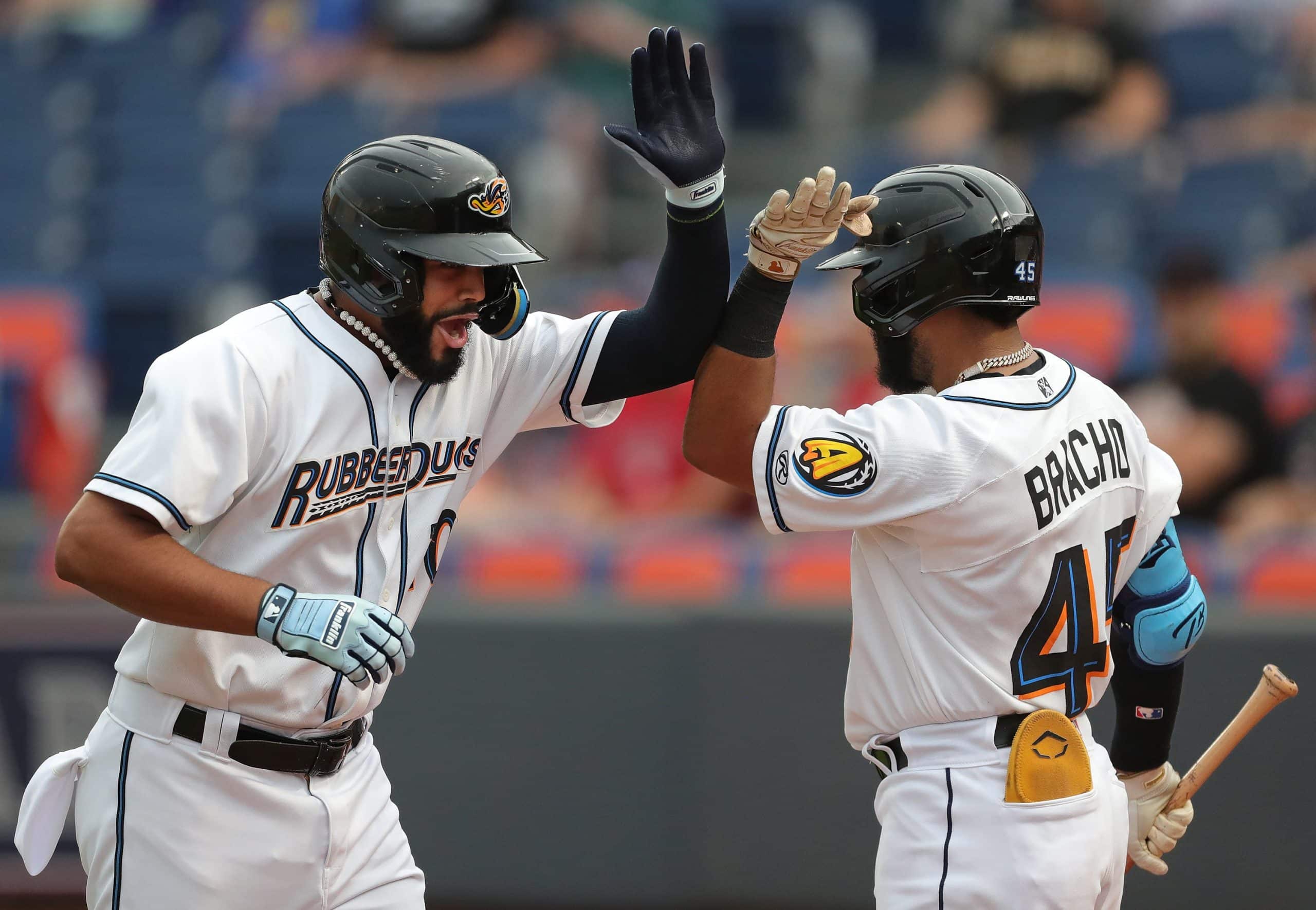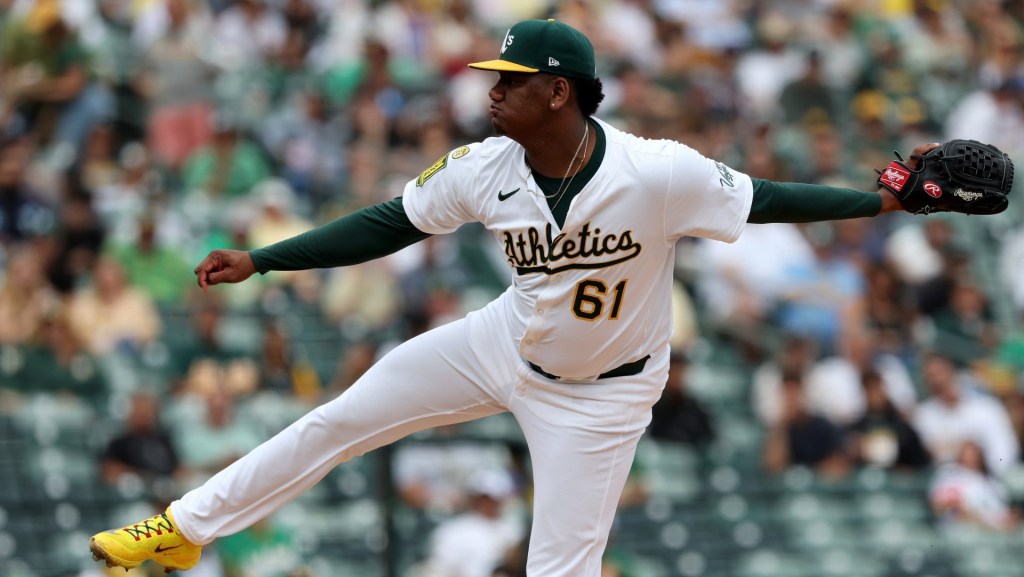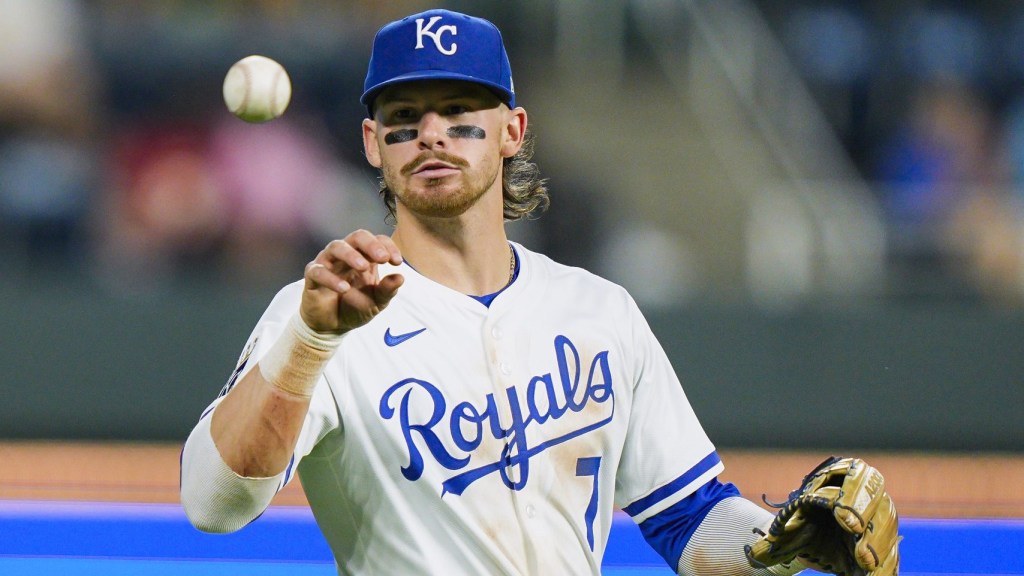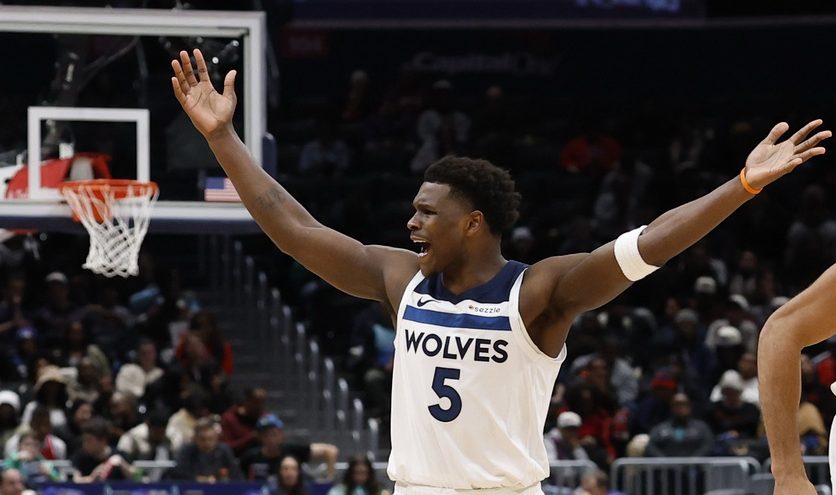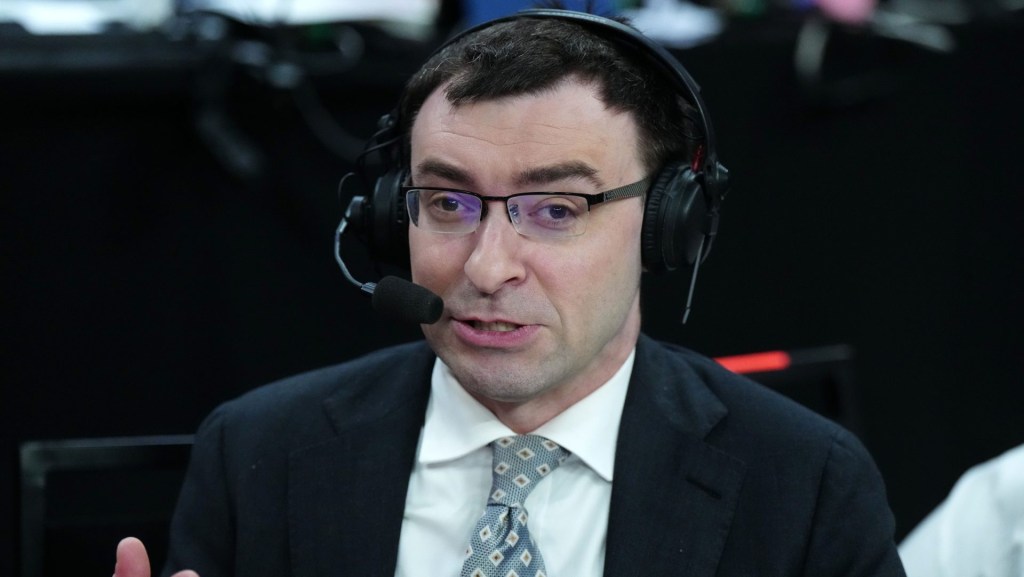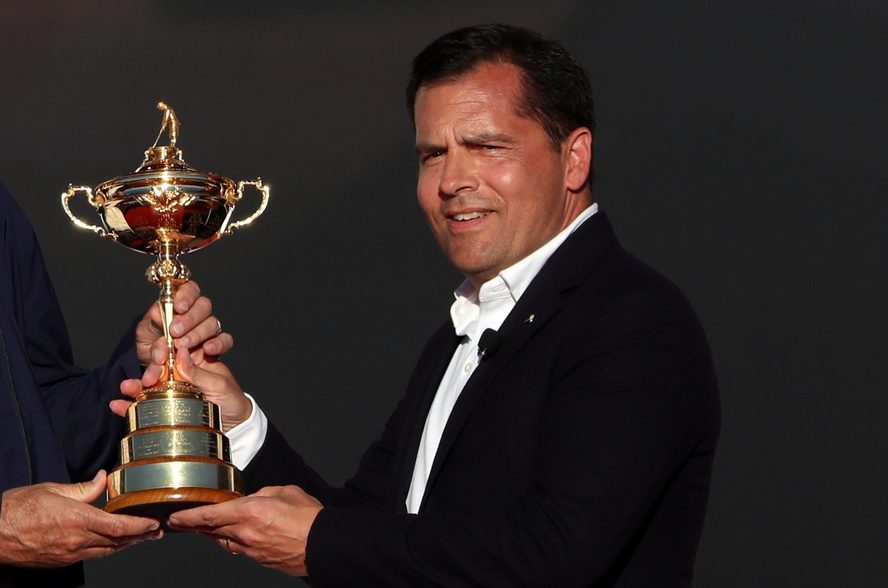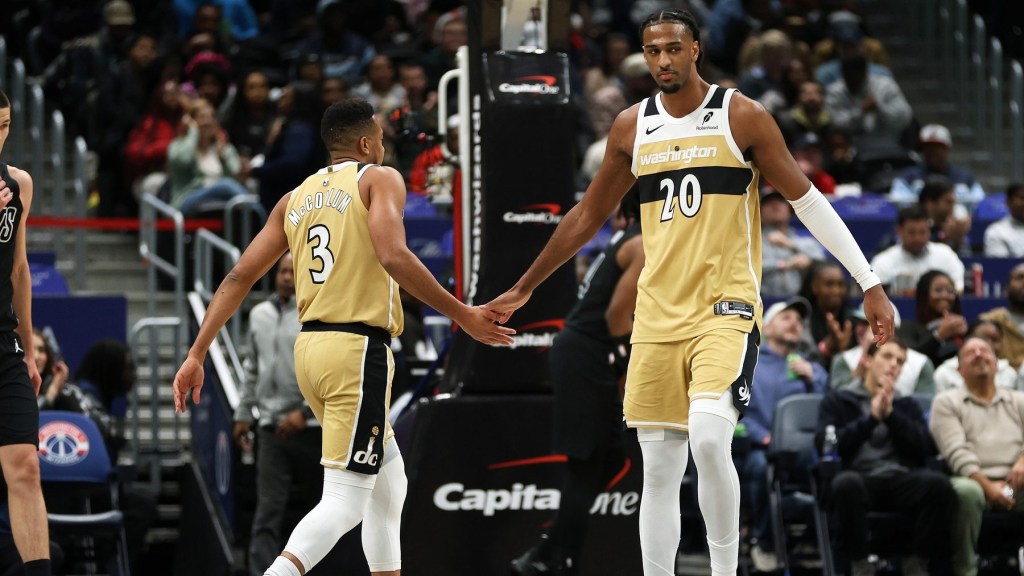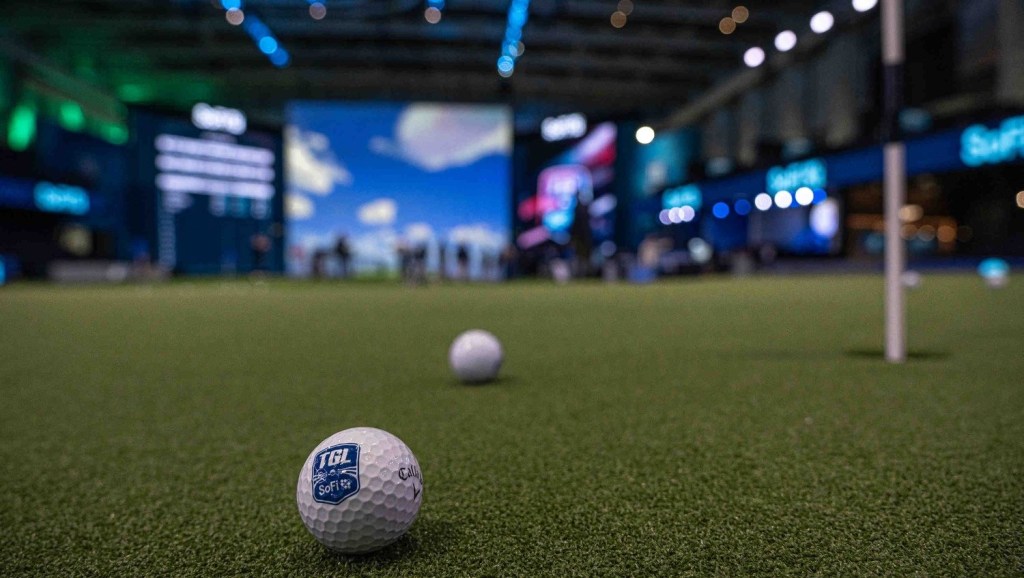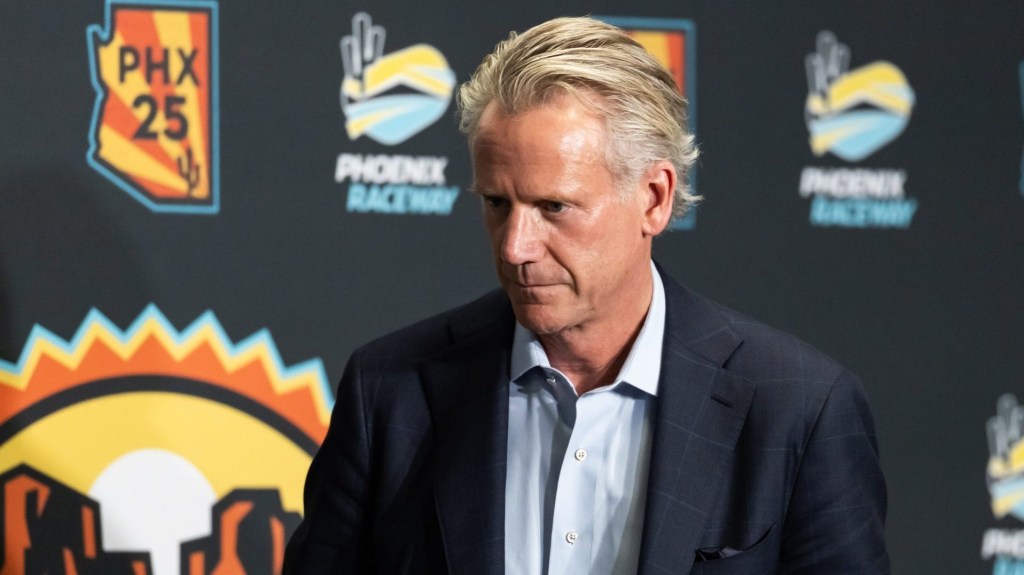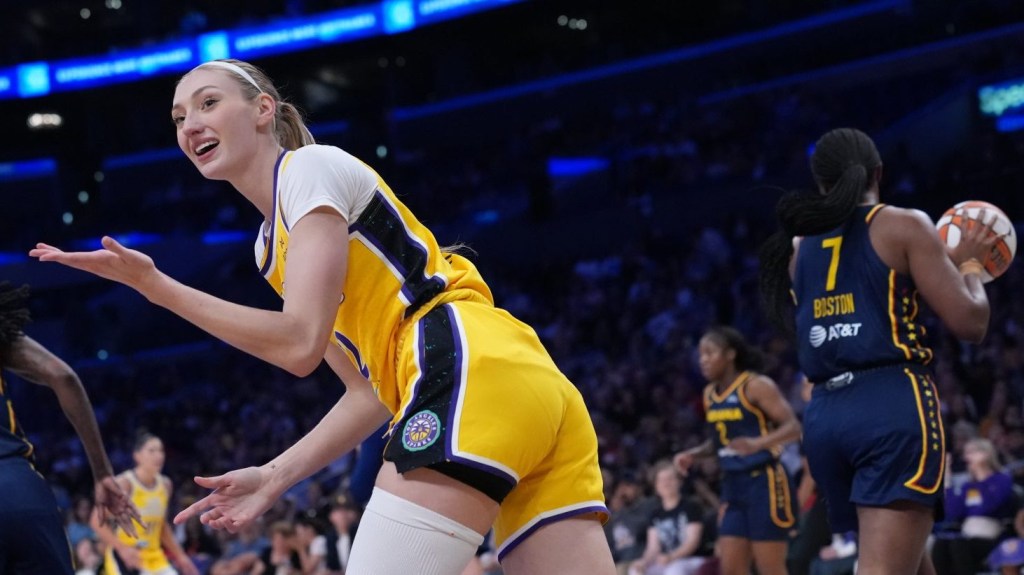After more than three difficult years and a complete organizational reformation, Minor League Baseball has returned to pre-pandemic attendance patterns — another sign of baseball’s general resurgence.
The affiliated minor leagues are averaging 4,034 per game, nearly identical to 2019’s 4,041 per game and up by 5% from a year ago.
The rebound arrives after a 2020 season lost entirely to the pandemic, MLB’s 2021 takeover of MiLB that cut the number of affiliated teams from 160 to 120, ballpark capacity restrictions as health conditions improved, and a slower rebound to group and corporate ticket sales crucial to minor league operations.
“Not only are we back to pre-pandemic levels overall, but we’re seeing real gains in attracting new fans, people who hadn’t previously experienced Minor League Baseball,” Jeff Goldklang, president of the Goldklang Group — which owns the Single-A Charleston (S.C.) RiverDogs — told Front Office Sports.
“You also see what’s happening in the travel and hospitality industries. People have been so ready to get back out, and we’re tapping into that,” he said.
The MiLB attendance trend mirrors MLB’s annual growth at the turnstiles — now projected at 6% to 8%. A key element in that increase at the major-league level is a trio of new rules that have created meaningfully shorter and more action-packed games — rules first tested in MiLB.
But the MiLB boost is arguably even more meaningful: The loss of the entire 2020 season and the MLB takeover resulted in a significant loss of operational talent at many minor league clubs.
